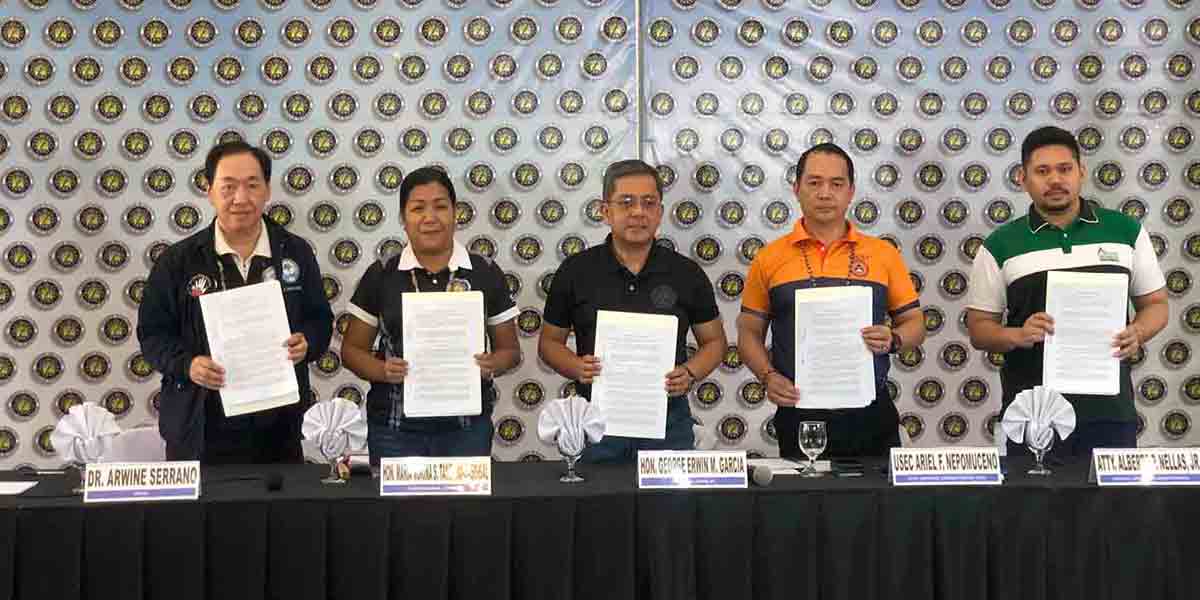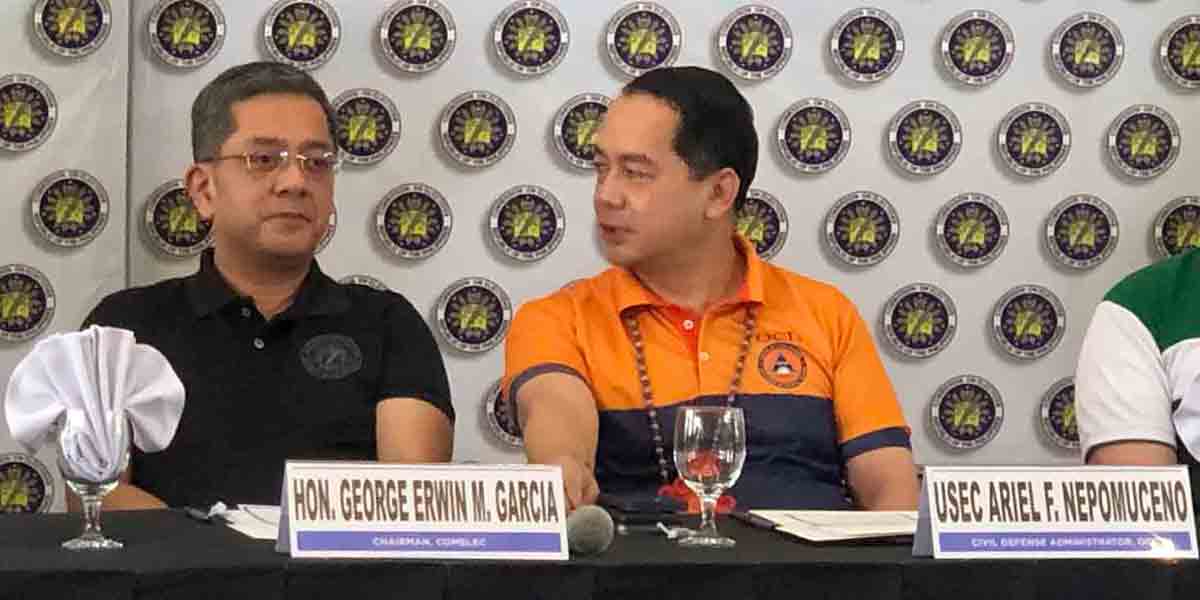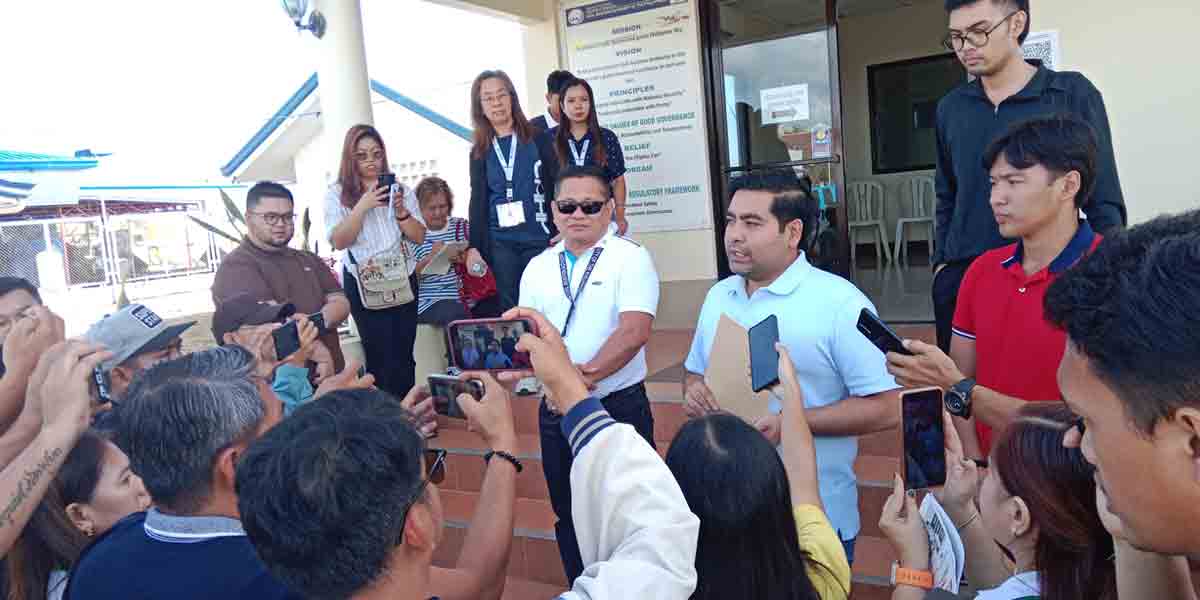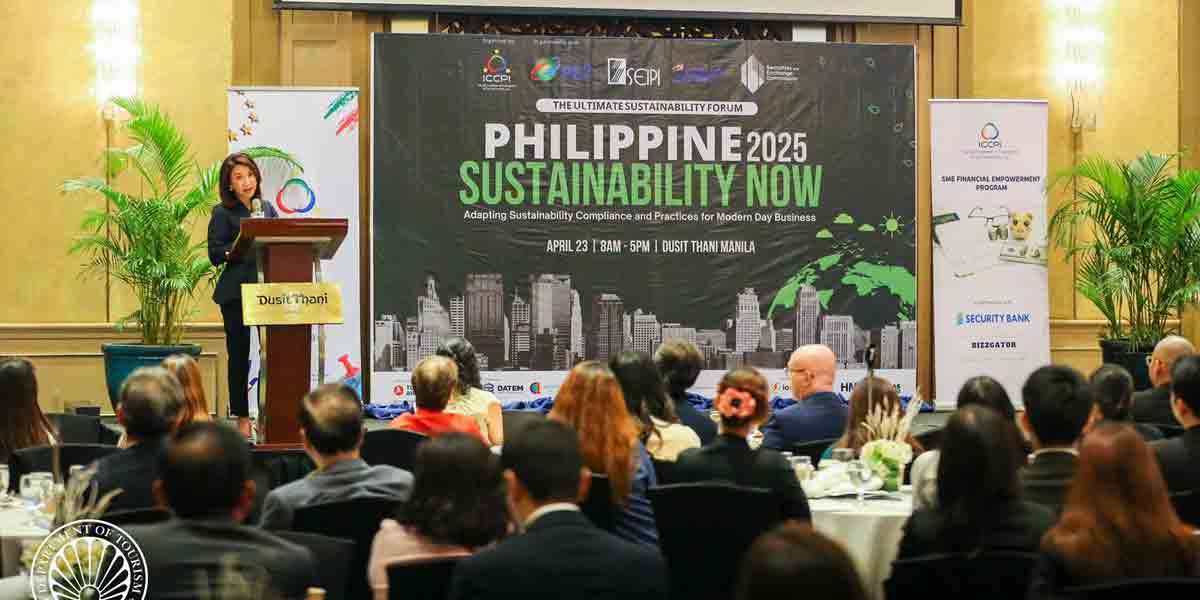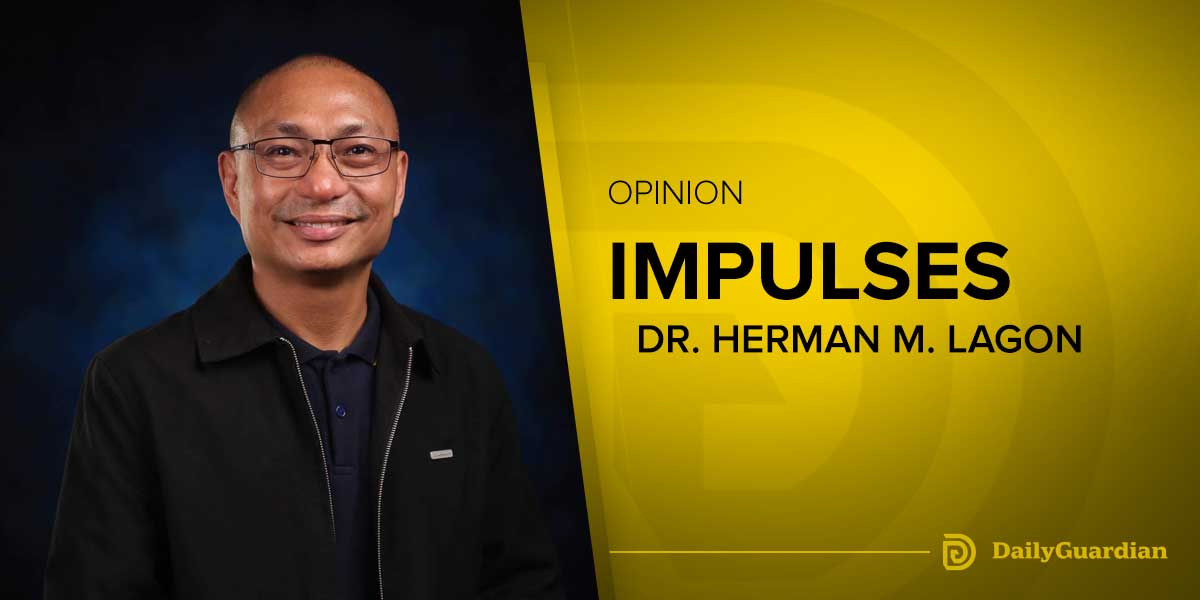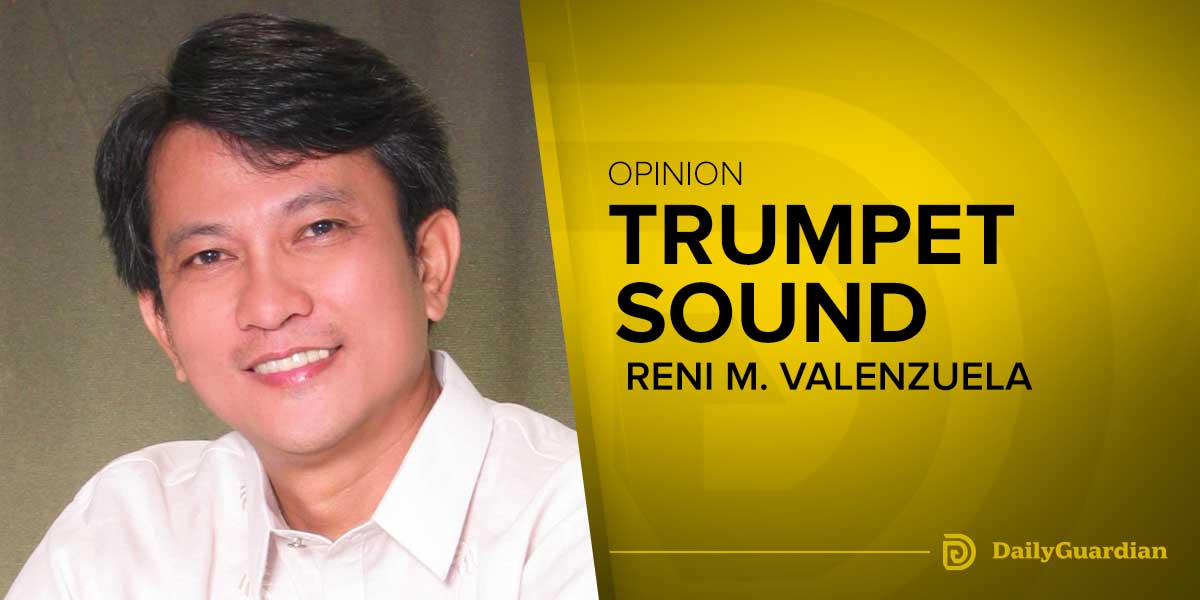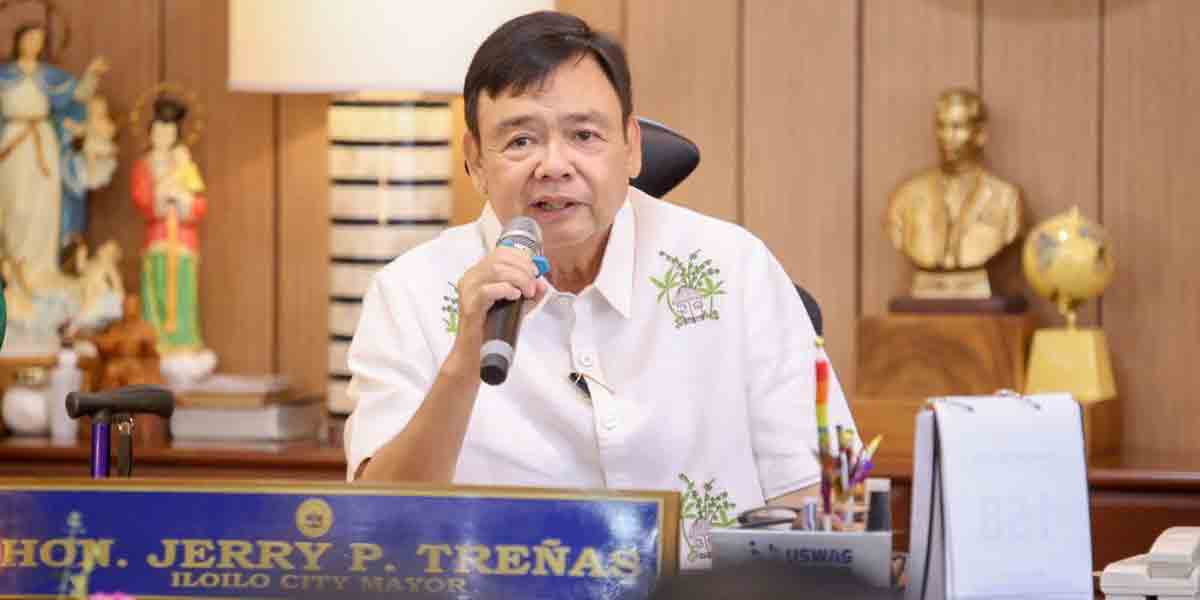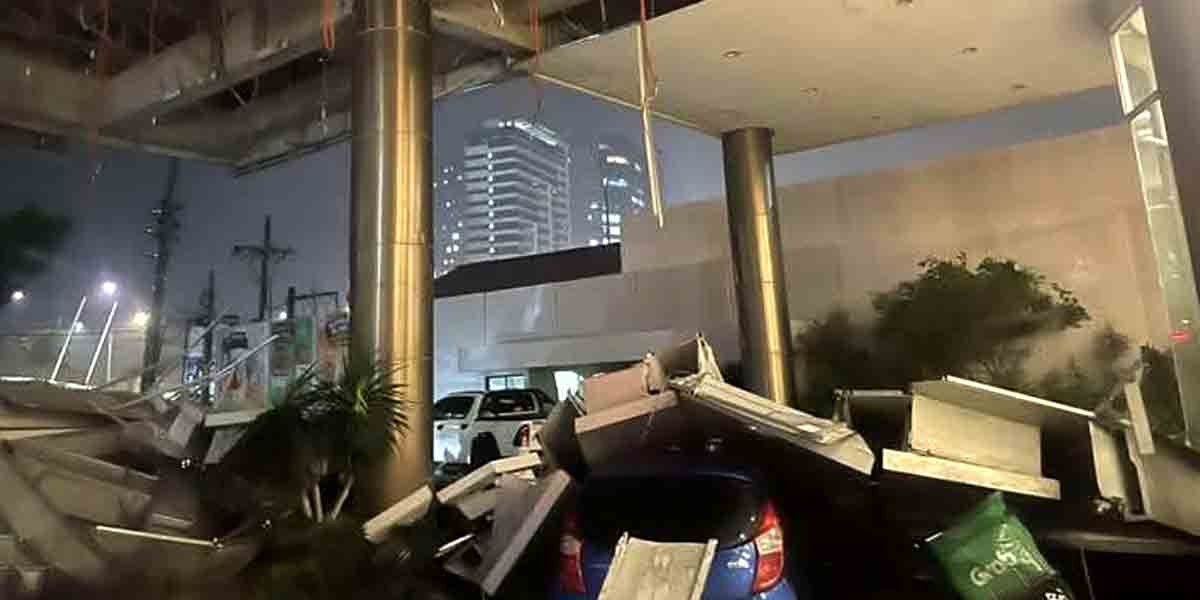Every Labor Day, the streets fill with slogans and raised fists.
Calls for higher wages, job security, and basic dignity echo across the country, and this year was no different. In Iloilo City, labor leaders and progressive groups came together to demand a PHP1,200 daily living wage, regularization of contractuals, and real reforms for the working class.
But after the banners are rolled up and the chants fade, the same question remains: will this unity on the streets translate into unity at the ballot box in 2025?
The irony is glaring. Year after year, workers stage synchronized mass actions, issue unified statements, and expose government neglect. Yet when election season comes, the political arena remains dominated by entrenched dynasties, recycled personalities, and candidates with no real labor agenda.
There is a critical gap between mobilization and political consolidation.
While labor groups are quick to organize rallies, they have struggled to build an electoral machinery that can challenge traditional politicians. The labor vote remains fractured, often co-opted by candidates who mouth populist promises but later oppose pro-worker legislation.
The upcoming 2025 elections should be a moment of reckoning.
Those who marched this May 1 must begin identifying, supporting, and running candidates who come from the ranks of workers, teachers, nurses, and drivers—not from business conglomerates or political clans.
The working class cannot afford another election cycle where their power is limited to protest placards.
The demand for a PHP1,200 daily living wage is now a political issue as Iit requires laws passed by lawmakers with genuine pro-labor commitments, not just those who drop by Labor Day events for photo opportunities.
So is the call for the regularization of government Job Order workers and the protection of market vendors displaced by public-private projects that prioritize malls over livelihoods.
These are not isolated grievances—they form the backbone of a people’s platform, one that can stand against the elite consensus in Congress and the Senate.
But that can only happen if workers organize not just for rallies but also for slates.
Unity must move from the streets into the chambers of power.
The labor movement needs to ask itself hard questions: Will it form its own coalition for 2025? Will it endorse a national senatorial line-up, or back local candidates committed to pro-worker reforms? Will it develop a common platform that confronts both economic injustice and political exclusion?
May 1 must no longer be a performative ritual of outrage. It must become a starting point for strategic electoral action.
Only then can the power of the working class—visible every Labor Day—finally reshape the ballot, and not just the boulevard.


